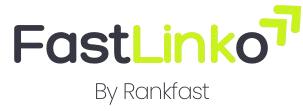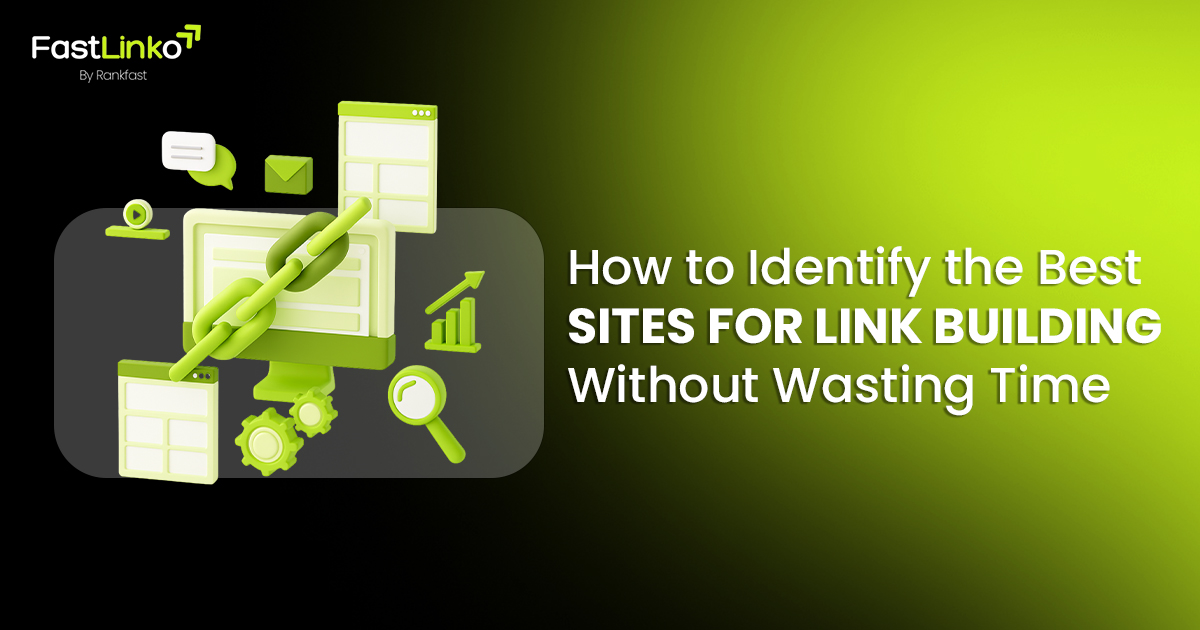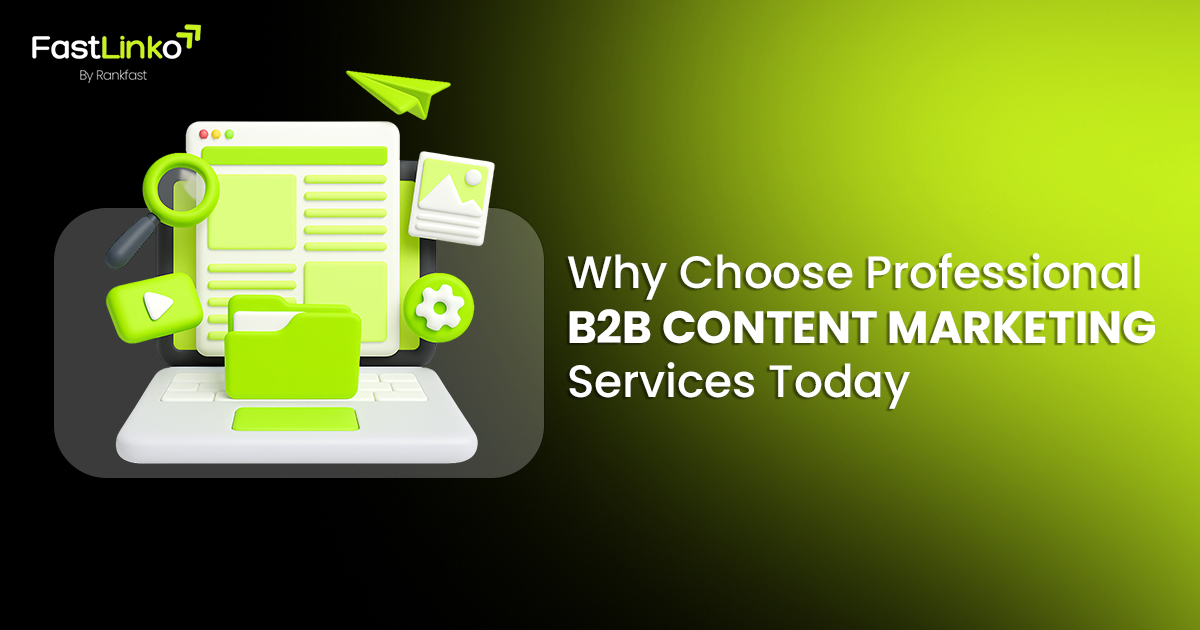
Digital PR Insider Guide: What It Is And How to Do It Right
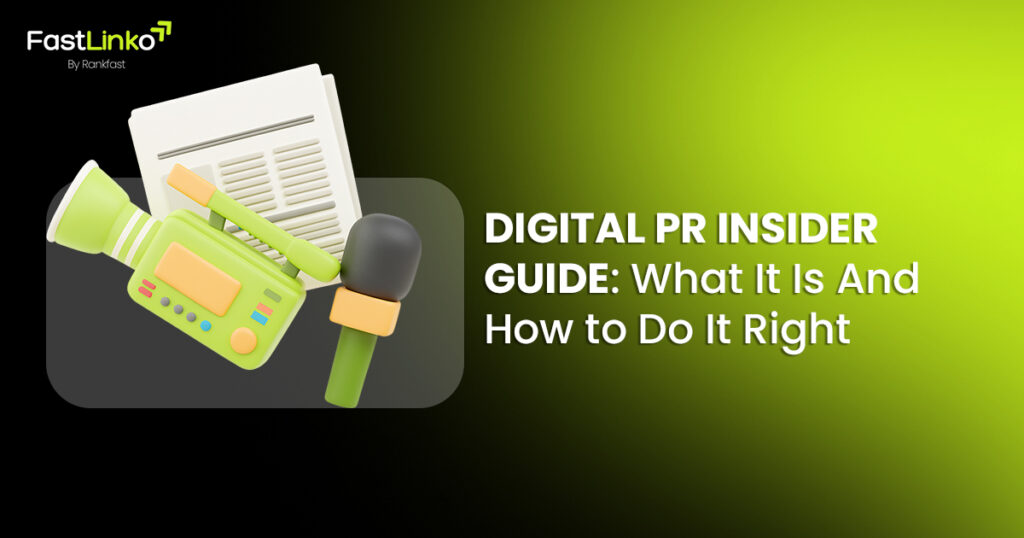
About Author
Recent post
Top Benefits of Using a Reliable Guest Post Service in 2025.
How Local SEO Citation Building Service Helps Your Business Grow
Why Choose Professional B2B Content Marketing Services Today
Advanced Ecommerce Link Building Strategies for Online Success
Categories
Products may impact markets heavily, but they’re not the only reason for market shifts.
In 2025, markets shift on public relations.
Brand perception forms quickly across search results, news feeds, and industry headlines. Digital PR uses press release SEO as a key tool to shape and challenge perceptions.
The real challenge, however, isn’t sending a PR campaign. It’s making their impacts last.
Good press release traffic doesn’t disappear in a single day. It keeps showing up repeatedly in searches, researches, and conversations that guide decisions. The real question is how to write a release that gets noticed. But how do you design a brand awareness PR that commands attention in the newsroom and in Google at the same time?
This PR SEO guide unpacks it step by step. This blog will show how to craft releases that don’t just announce your story, but embed it into the digital markets.
Digital PR Insider Guide: What It Is And How to Do It Right
Modern press releases aren’t about sprinkling keywords. They’re about structuring information so it travels fast.
A strong press release anticipates each layer of discovery and interpretation. It works by:
- Giving editors quotable angles
- Showing search engines topical authority
- Providing AI systems with context to surface your story.
A well-crafted press release is a multi-channel asset with staying power. It generates value through backlinks, citations, and trust signals long after the initial spike in visibility.
What Is Digital PR?
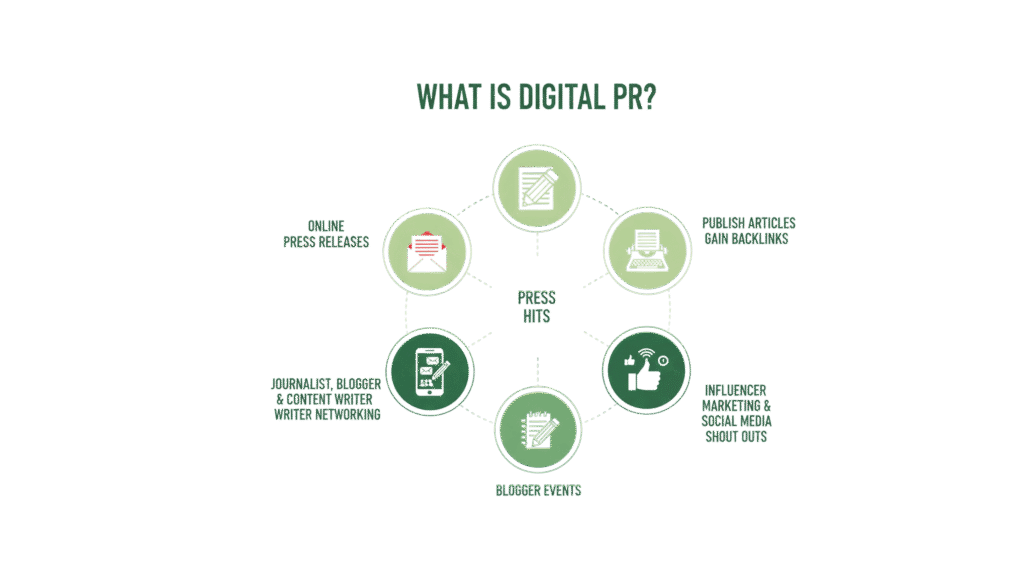
Digital PR is the online form of public relations. Instead of newspapers, it focuses on news sites, blogs, and podcasts that audiences already trust. The goal isn’t just to gain attention. Each mention strengthens search rankings and boosts the credibility of the brand’s own pages.
Elements of Digital PR
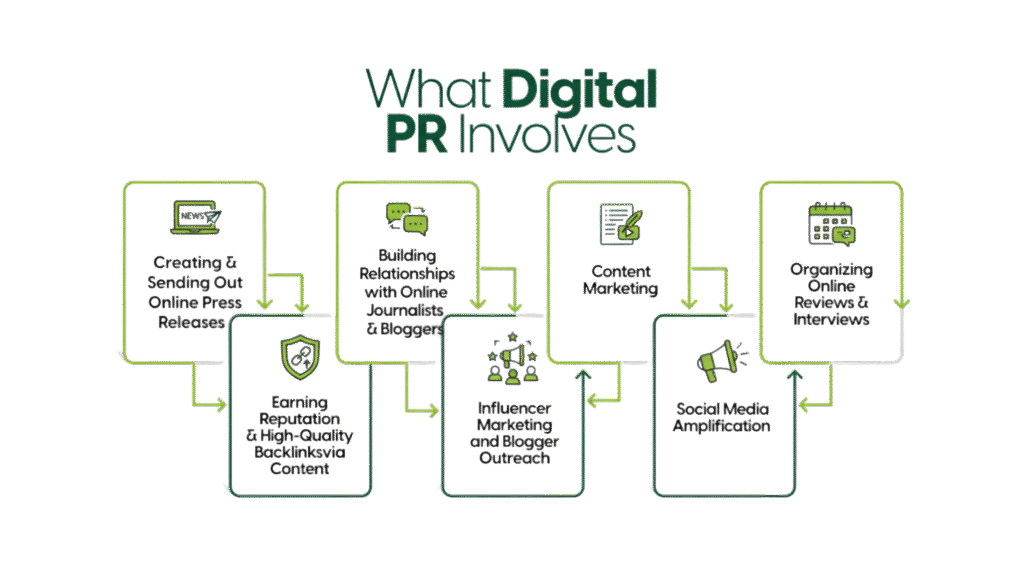
In short, a good press release works on many levels. This SEO PR guide breaks down these elements that make it travel further and last longer.
- Keyword Strategy:
A strong PR strategy begins with one primary keyword, which is drawn from live query data like:
- Google Trends: Identifies what topics are gaining attention in real time. Live insights help your brand ride the emerging interest.
- Google Search Console: Shows which keywords already drive traffic to your site, letting you optimize for proven intent.
- Publisher search logs: Offer insight into what editors and readers are actually searching for, ensuring your release aligns with what gets picked up.
Next, layer two to three secondary keywords that capture adjacent intent. These are related queries or topics that expand visibility without diluting your core message.
Finally, semantic twins and entity mentions, names, brands, locations, product lines are incorporated in your content. These help algorithms and AI feeds understand the context for your content. They use it to place your release within a topic graph rather than treating it as a keyword list.
- Content Architecture:
A press release isn’t just an announcement. It’s a node in a network of influence. Its format includes:
- Headline: Beyond keywords, it sets the mental frame. Editors and AI both scan it for clarity and relevance. A headline primes readers for the brand’s angles and positions your announcement well.
- Lead Paragraph: This is where your story earns attention. Embed primary keywords while surfacing journalist hooks or unique data points. These signals increase the chance of coverage and early syndication across digital news networks.
- Body: Storytelling should be grounded in credible evidence, actionable metrics, and authoritative voices. Including data and quotes creates organically referenceable content, produces backlinks and supports your domain’s influence.
- Boilerplate: A well-crafted closing paragraph is more than a brand note. Strategic mentions, internal links, and positioning reinforce authority signals and guide how your brand is cited in downstream coverage.
- Linking & Citation:
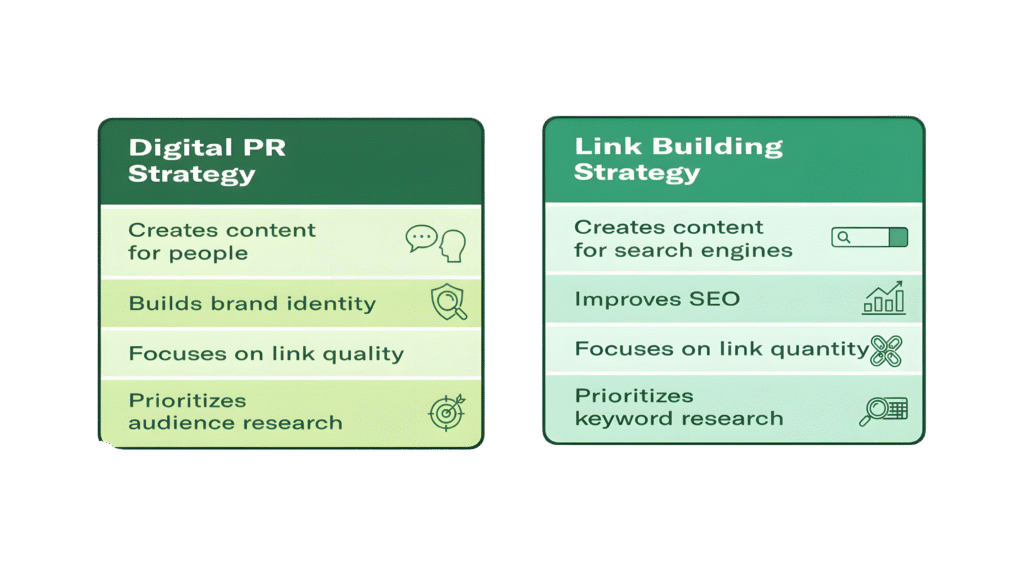
The way you link and cite information subtly shapes how search engines, AI systems, and industry peers interpret your expertise.
- Internal Linking: Press releases connect related pages on your site and augment topical clusters. They reflect thematic depth to search engines and help AI-powered recommendation systems understand the hierarchy and relationships between your content.
- External Linking: Citations to authoritative sources, partner brands, or relevant industry data transfer trust and contextual relevance to readers. They perceive your release as well-researched and credible.
When combined, internal and external linking in press releases transforms each release from a single announcement into a strategic node in your brand’s content ecosystem, improving discoverability, trust, and referral traffic.
- Multimedia Integration:
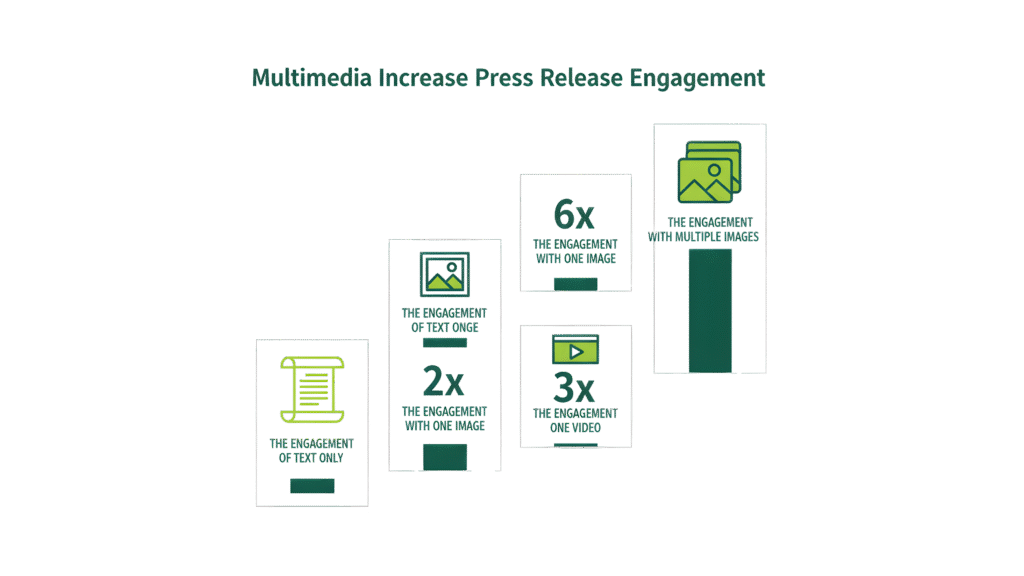
Effective press releases go beyond text. Proper multimedia increases visibility, indexing, and engagement. It includes:
- Images, Infographics, Videos: Optimize content with descriptive filenames, alt text, and contextual captions. Infographics or short explainer videos are more likely to be referenced by other publications. They earn natural backlinks and reinforcing credibility.
- Structured Data / Schema: Adding schema signals context to search engines and AI feeds. Rich snippets and knowledge panels boost SERP presence, helping your announcement stand out and reach industry professionals efficiently.
Strategic multimedia turns a press release into a discoverable, referenceable, and trusted asset across channels.
- Technical SEO Checks:
Technical elements determine if a press release is actually seen, indexed, and referenced, not just published. Small adjustments influence discoverability, indexing, and user experience across search engines and AI-driven platforms.
- Primary keyword in the URL slug
- Clean canonical tag to avoid duplicate-content dilution
- Mobile-first layout for seamless indexing
- Sub-three-second load time to satisfy Core Web Vitals
Meta titles should lead with the announcement, not the brand name, to catch trending queries while they’re hot. These technical touches ensure that even the best content is fully indexable and competitive in real-time search.
The Takeaway
High-authority news sites are crawled several times a day. A well-structured press release rides that crawl cycle. They get indexed almost instantly and spread backlinks faster than usual content.
These early links don’t fade quickly, instead they keep sending valuable mentions back to your site for months.
How to Do Digital PR Right
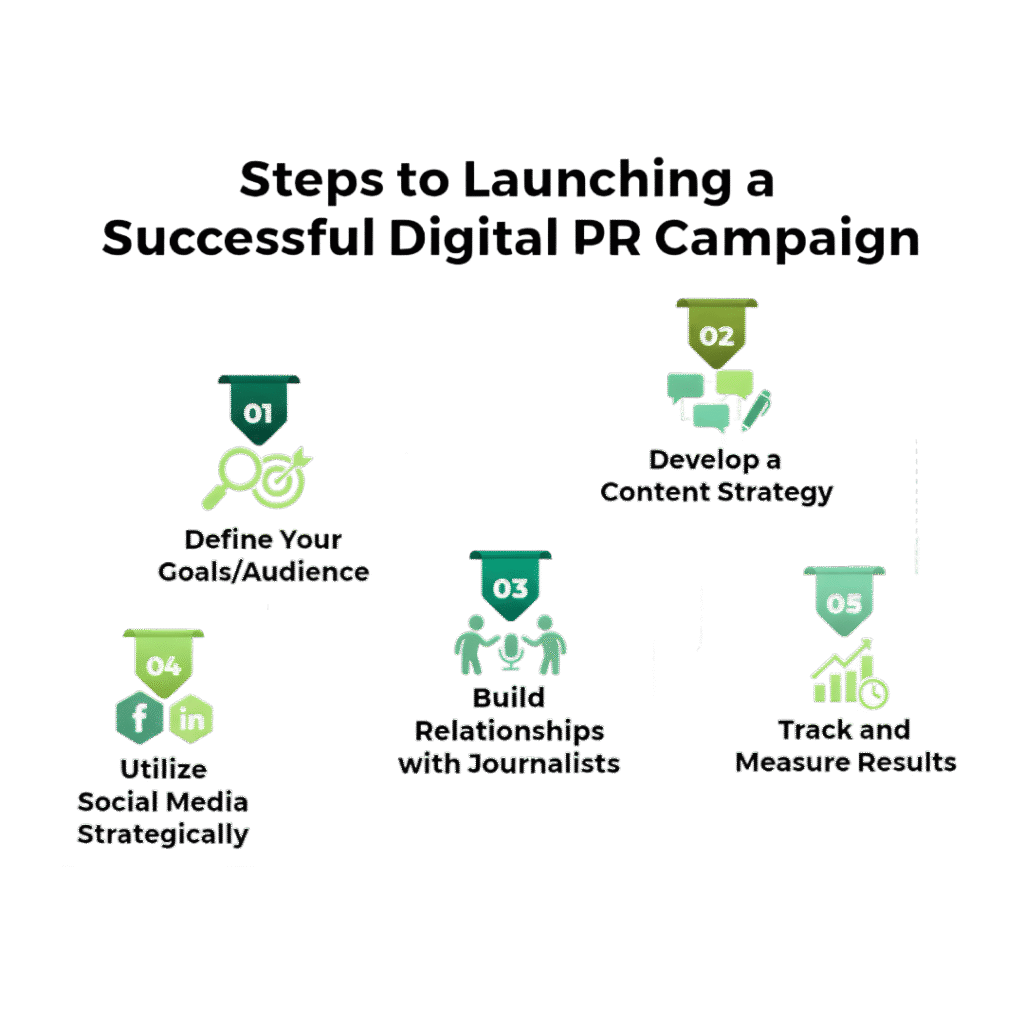
Doing digital PR right is about understanding which stories editors actually pick up, which narratives trigger social chatter, and which mentions feed search authority organically.
It’s less “broadcast” and more micro-strategy. The aim is to turn each brand story into a chain of influence that compounds over time. The secret to doing Digital PR right is hidden in its process:
- Planning With Data-Driven Timing & Goals:
Digital PR begins with mapping attention pathways. Start by identifying where your story naturally intersects with viewers, influencers, and algorithmic feeds. Then:
- Track micro-trends in publisher search logs, social chatter, and AI-curated news cycles. They reveal when editors and aggregators are scouted for specific topics.
- Anchor your press releases to these patterns. When done right, a single announcement ripples through professional networks, knowledge graphs, and niche communities. Thus it creates lasting authority that only a few competitors can achieve.
- Audience & Media Segmentation:
Prioritize outlets where authority and attention meet. One strategic mention can outperform dozens of generic placements.
- Not all media carries the same weight. Identify journalists, bloggers, niche publications, and micro-influencers who actually influence decisions in your sector.
- Prioritize based on topical authority and domain relevance, not just reach. A single well-placed mention often outweighs dozens of generic placements.
- Focus where attention and trust intersect. The right outlets trigger citations, amplify your story, and create credibility that persists across networks most PR campaigns ignore.
Amplifying your story, generating citations, and building credibility can start with a single strategic mention. One that lasts across networks competitors often miss.
- Content Ideation & Strategy:
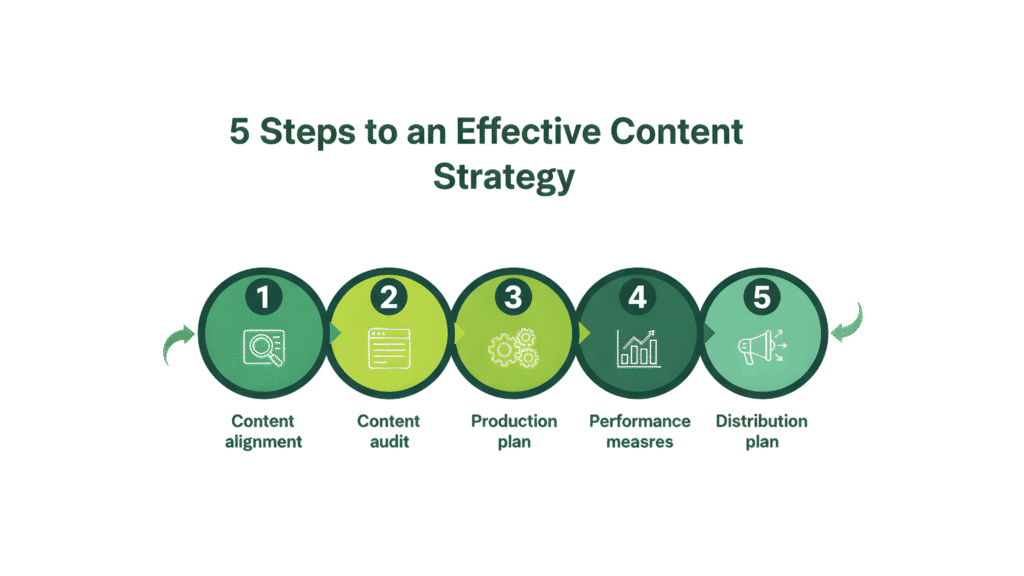
Strong press releases start with signals others can’t easily see. Use proprietary data like internal search queries, anonymised user behaviour, or publisher-side search logs to spot content angles before they land on mainstream trend tools.
Top insider tactics include:
- Exploit timing gaps: Pitch stories when sector analysts release quarterly data but before competitors issue responses.
- Blend journalist and algorithm cues: Frame hooks with quotable stats for editors while embedding semantic entities that feed AI news clustering.
- Seed secondary narratives: Include side-data nuggets that invite trade publications to create spin-off stories, multiplying backlinks without extra outreach.
Every release should function as a controlled leak of intelligence, giving algorithms and reporters reasons to chase your angle first.
- Optimization Practices:
The goal of press release optimisation is to feed both editors and algorithms with signals that keep a release circulating long after launch. Some common methods are:
- Headline A/B testing in real time: Test variations across distribution platforms and publisher dashboards. Identify phrasing that triggers the fastest newsroom pickups and highest click-through rates.
- Indexing intelligence: Track, crawl, speed and backlink velocity to spot which syndication partners push your releases into Google News fastest.
- Evergreen refreshes: Revisit older releases with new quotes, updated stats, or internal links to reignite ranking signals and trigger fresh algorithmic visibility.
Done correctly, optimisation turns each release into a recurring traffic asset instead of a short-lived announcement.
- Measurement & Analytics Integration:
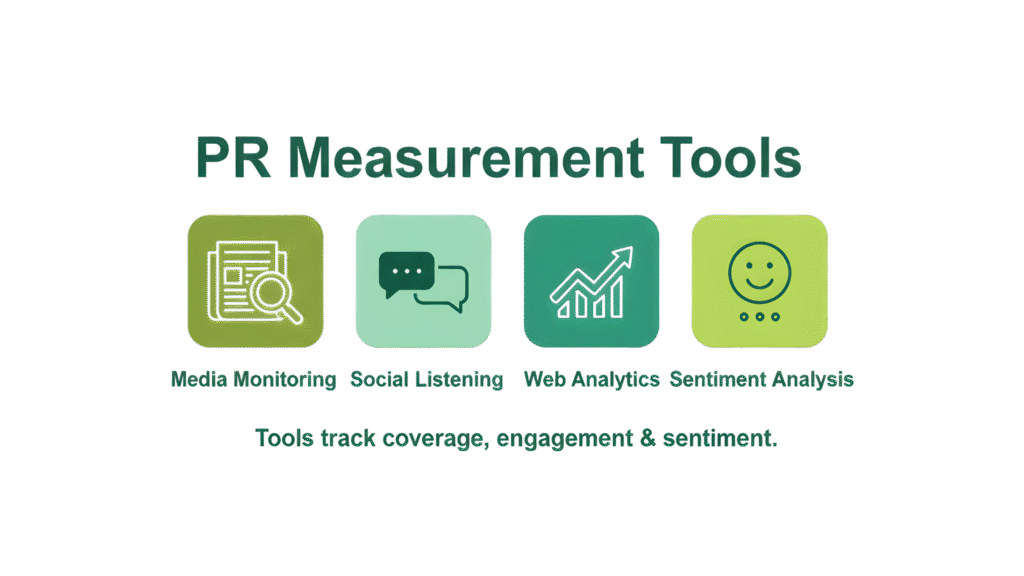
Tracking a press release reveals where influence actually converts. Beyond basic traffic counts, insider teams map every signal back to measurable outcomes. Key practices include:
- True attribution: Connect releases to lead captures, demo requests, or conversions by embedding UTM parameters in distribution links and monitoring referral paths inside analytics platforms.
- Branded search lift analysis: Look out for post-release spikes in brand or product queries to create awareness beyond direct clicks.
- SERP intelligence: Monitor ranking shifts for targeted entities and long-tail terms to see how a single release strengthens overall topical authority.
Bottom Line
Digital PR is a chain reaction. Each story, each press release, each optimised signal compounds influence across editors, algorithms, and communities. The difference between average campaigns and industry-leading ones lies in this orchestration.
Success lies in planning with data, seeding narratives, targeting the right outlets, and measuring outcomes that matter.
Conclusion
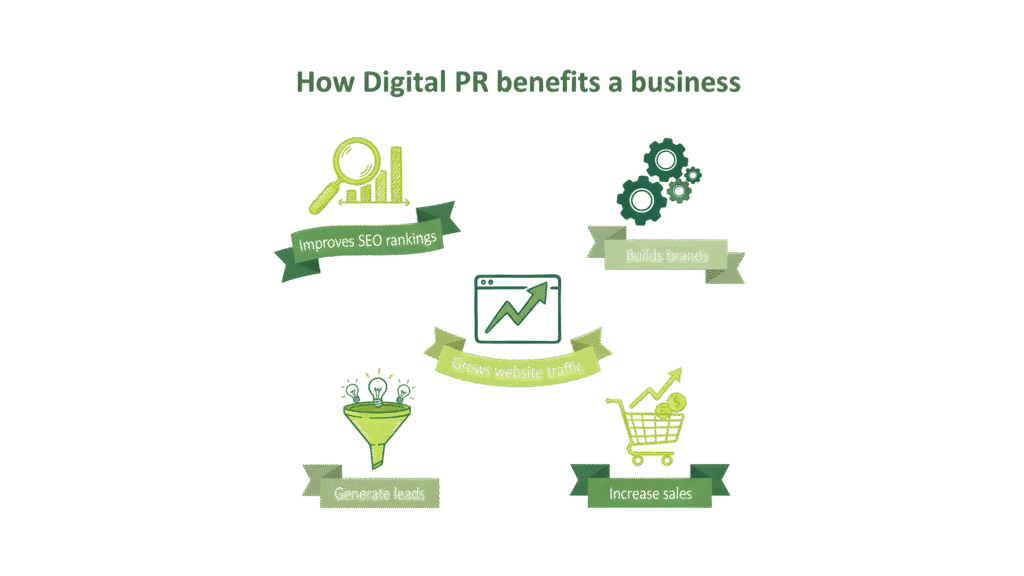
Digital PR in 2025 is measured by its influence, not short-term coverage.
A well-executed press release acts like a credibility signal, a search visibility booster, and a reference point for users simultaneously. Each placement contributes to a network of citations and backlinks. Their job is reinforcing trust and domain relevance.
Multimedia and structured data amplify discoverability. Optimization techniques like A/B headline testing, indexing monitoring, and periodic content refreshes ensure that releases remain relevant, extending their value over months.
For business teams, the most important insight is the integration of PR into measurable outcomes. These include everything from traffic, conversions, keyword performance, to brand queries.
FAQs
What exactly is digital PR in 2025?
Digital PR focuses on securing coverage in digital publications, high-authority blogs, and social platforms. Unlike old PR, its outcomes are backlinks, referral traffic, brand mentions, and improved search visibility.
What are the key tactics used in digital PR campaigns?
Digital PR tactics include data-driven storytelling, expert commentary, press releases for online media, thought-leadership articles, influencer collaborations, and newsjacking. Each tactic secures earned media coverage that is link-worthy.
What mistakes should businesses avoid in digital PR?
Avoid chasing vanity coverage without relevance, ignoring follow-up with journalists, or relying on generic press releases. Low-quality PR can lead to wasted budgets and zero authority impact. Successful campaigns focus on outreach, strong narratives, and content that offers real value to readers.
How does digital PR support crisis management?
When reputational risks arise, digital PR responds with positive coverage to reshape brand narrative. Publishing thought-leadership, expert advice, or industry commentary helps drown negative press and rebuild trust.
What skills are essential to execute digital PR correctly?
Strong storytelling, media relations, SEO knowledge, and data analysis are crucial. Digital PR specialists must craft content journalists want, pitch persuasively, and measure outcomes effectively. Combining creativity with analytics ensures campaigns resonate with both media gatekeepers and search engines for maximum impact.
- Your cart is empty Browse Shop
DISCUSS NEW PROJECT OR JUST TO SAY HELLO GET IN TOUCH WITH US
info@Fastlinko.com
+91-9990725969
200 Park Home Avenue
M2R 1A2 North York, ON, Canada
© Fastlinko 2025 . All rights reserved, Rankfast

